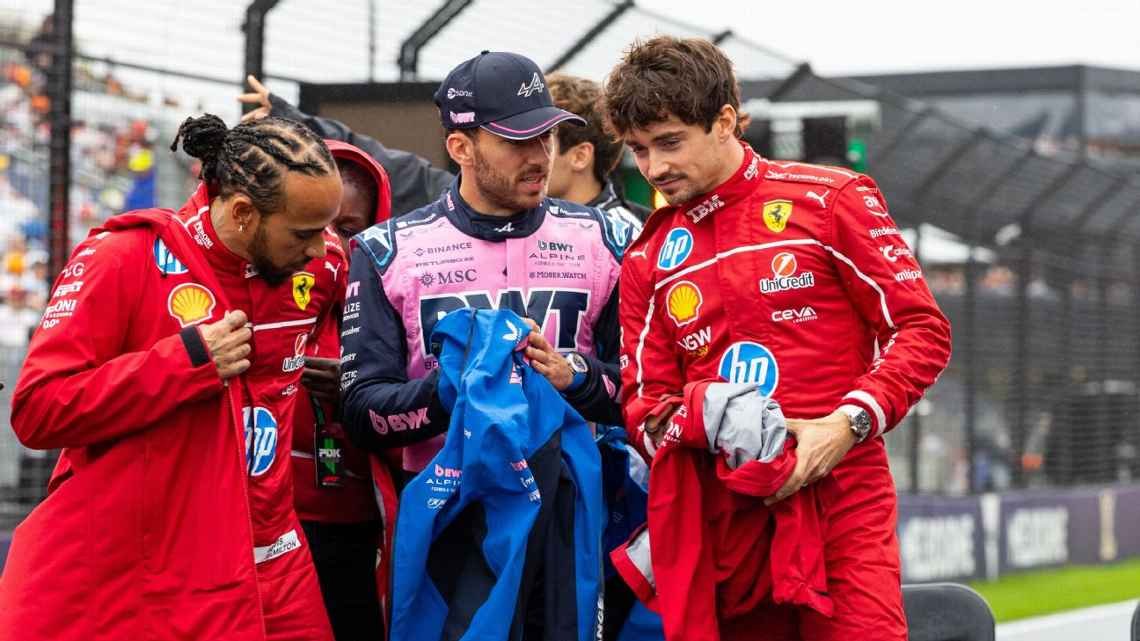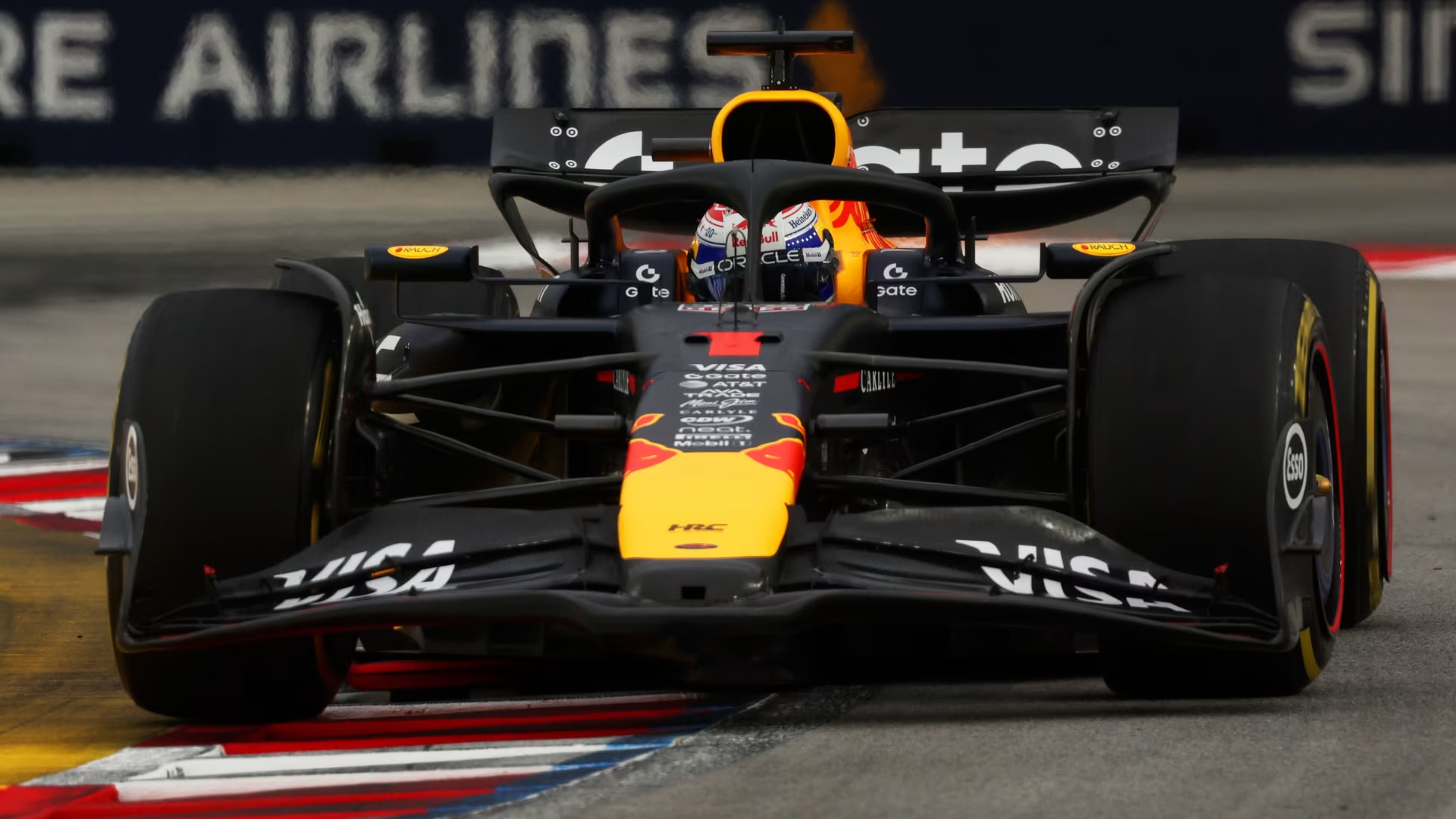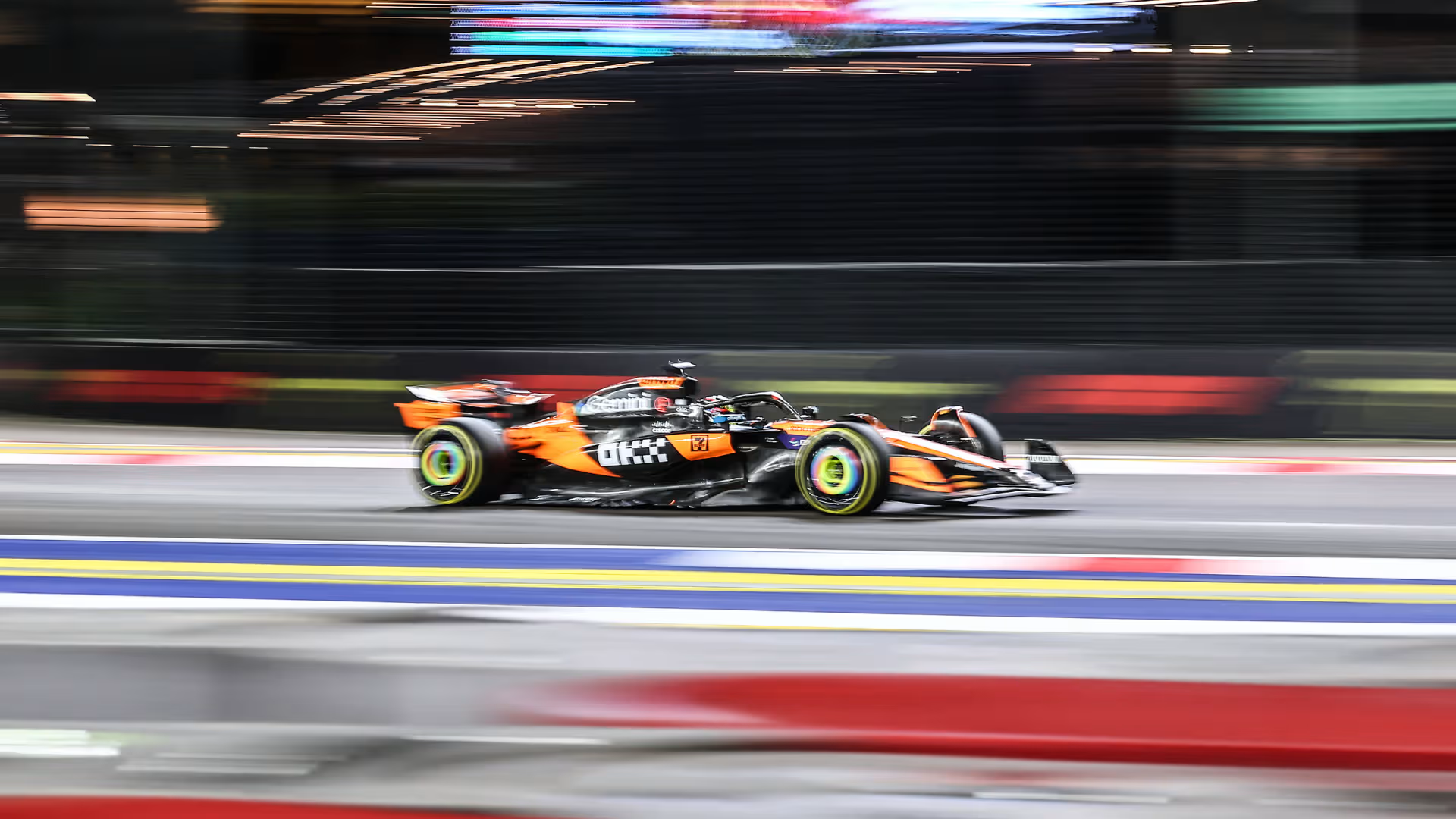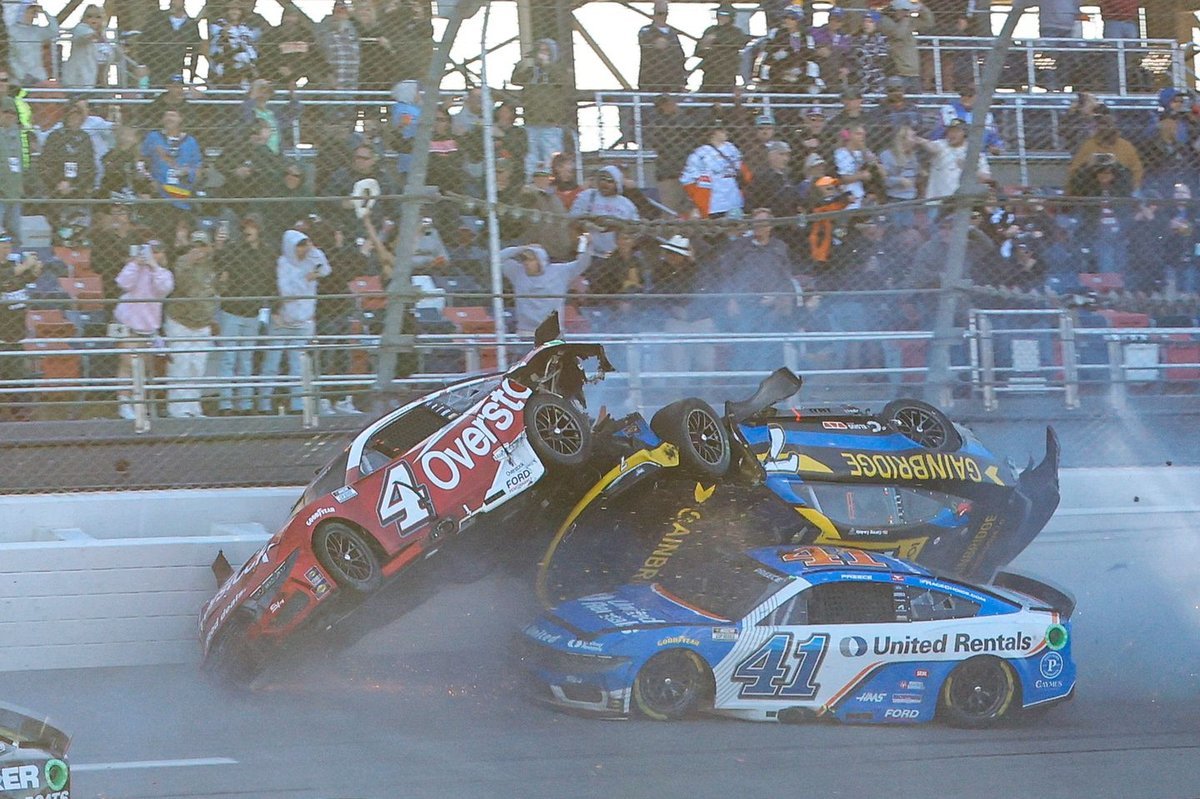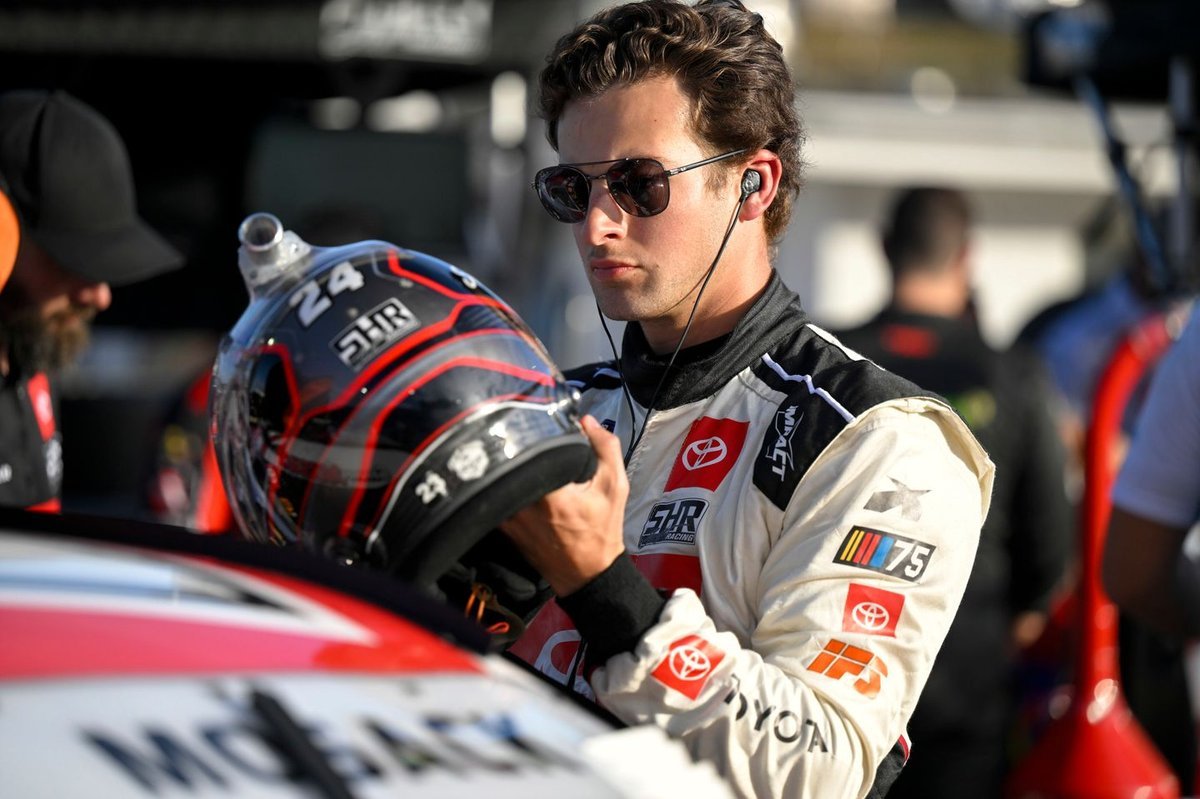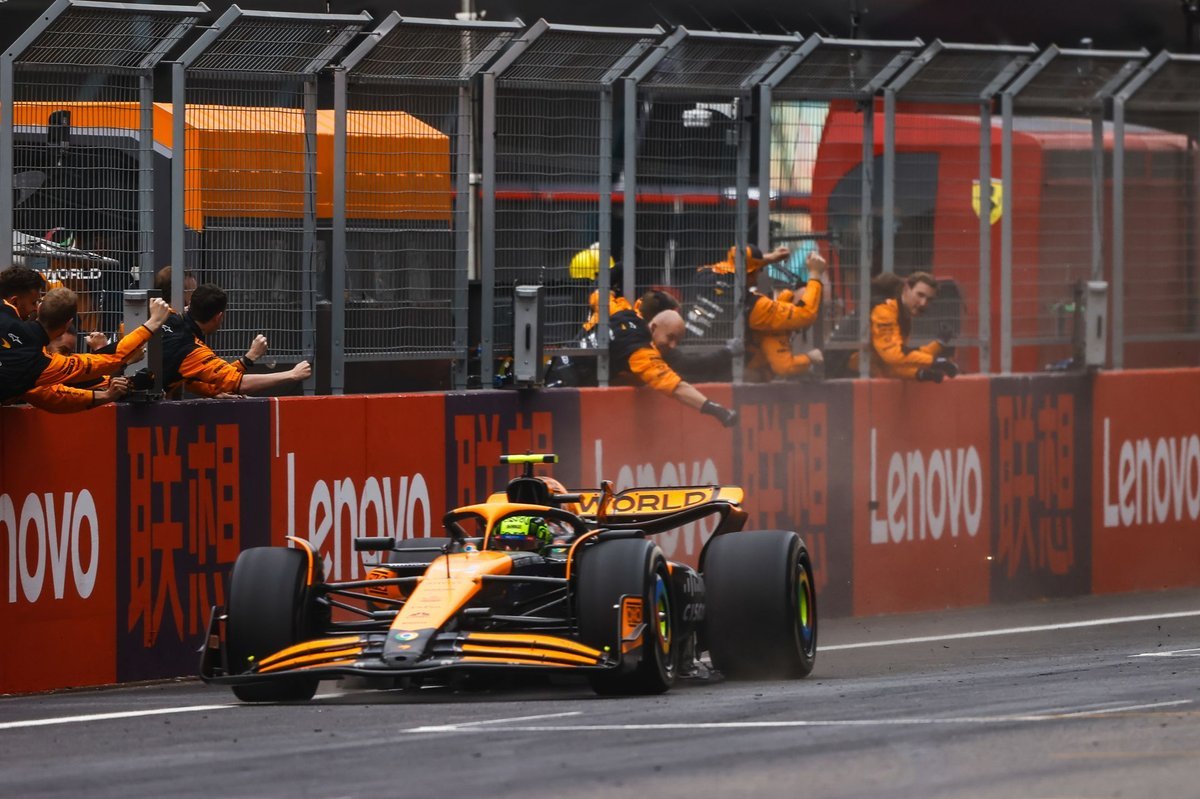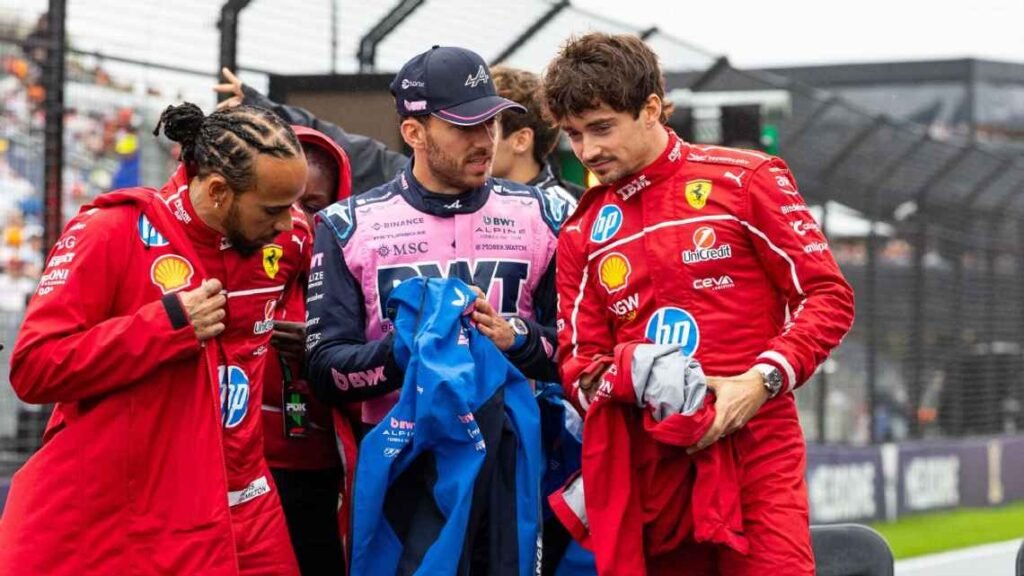
The 2025 Chinese Grand Prix will be remembered not only for the stellar performances on the track but also for the significant post-race disqualifications that reshaped the final standings. Notably, Ferrari drivers Lewis Hamilton and Charles Leclerc, along with Alpine’s Pierre Gasly, faced disqualification due to technical infringements. This article delves into the specifics of these violations, their implications, and the broader context within the Formula 1 regulatory framework.
Technical Infringements Leading to Disqualification
Lewis Hamilton’s Skid Block Wear
During the post-race inspections, Hamilton’s Ferrari was found to have excessive wear on its skid block, a component crucial for maintaining the car’s legality concerning ride height regulations. The skid block, made from a wood resin material, ensures that cars do not run too low to the ground, which could provide aerodynamic advantages. According to the FIA Technical Regulations, the minimum thickness for the skid block is 9mm. Measurements on Hamilton’s car revealed thicknesses of 8.6mm on the left-hand side, 8.6mm at the centerline, and 8.5mm on the right-hand side, all below the permissible limit. Ferrari acknowledged this breach as a “genuine error” without any mitigating circumstances.
Charles Leclerc and Pierre Gasly’s Underweight Cars
Both Leclerc’s Ferrari and Gasly’s Alpine were found to be under the minimum weight requirement of 800 kilograms after the race. Initially, both cars were on the limit, but after draining the remaining fuel, each was found to be one kilogram underweight. This discrepancy led to their disqualification, as per the FIA’s stringent weight regulations designed to ensure safety and fairness.
Impact on Race Results
The disqualifications significantly altered the final standings of the Chinese Grand Prix. McLaren’s Oscar Piastri secured his maiden victory, leading a one-two finish with teammate Lando Norris. Mercedes’ George Russell completed the podium in third place. The revised top ten standings were as follows:
- Oscar Piastri (McLaren)
- Lando Norris (McLaren)
- George Russell (Mercedes)
- Max Verstappen (Red Bull)
- Esteban Ocon (Haas)
- Andrea Kimi Antonelli (Mercedes)
- Alex Albon (Williams)
- Oliver Bearman (Haas)
- Lance Stroll (Aston Martin)
- Carlos Sainz (Williams)
Ferrari’s Response and Future Measures
In light of the disqualifications, Ferrari has taken full responsibility for the oversights. The team admitted to errors in calculating skid wear for Hamilton’s car and acknowledged that a strategy change impacted weight calculations for Leclerc’s vehicle. Ferrari has committed to implementing measures to prevent such infractions in future races, emphasizing their dedication to adhering to technical regulations and maintaining competitive integrity.
Understanding FIA Technical Regulations
The FIA’s technical regulations are designed to ensure a level playing field and the safety of all participants. Key aspects include:
- Skid Block Thickness: The skid block, or plank, prevents teams from running cars too low, which could lead to increased aerodynamic performance but also pose safety risks. The minimum thickness is set at 9mm to balance performance and safety.
- Minimum Weight Requirement: Cars must weigh at least 800 kilograms, excluding fuel, to ensure structural integrity and fairness. This regulation prevents teams from reducing weight to gain speed advantages at the expense of safety.
Implications for the Championship
The disqualifications had notable repercussions on the championship standings. Both Hamilton and Leclerc lost valuable points, affecting Ferrari’s position in the Constructors’ Championship. Conversely, teams like McLaren and Mercedes benefited, gaining additional points and momentum as the season progresses. Such incidents highlight the importance of strict compliance with technical regulations, as even minor infractions can have significant championship implications.
Conclusion
The 2025 Chinese Grand Prix underscored the critical role of adherence to technical regulations in Formula 1. Ferrari’s disqualifications served as a reminder that precision in engineering and strategy is paramount. As teams analyze these events, the focus will undoubtedly be on ensuring that such errors are not repeated, preserving the integrity and competitive spirit of the sport.

